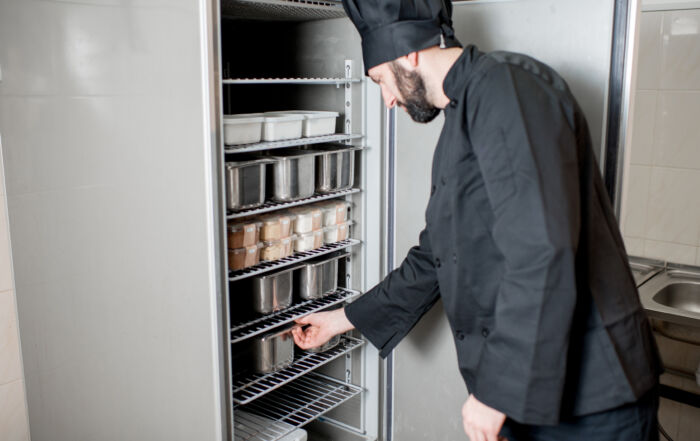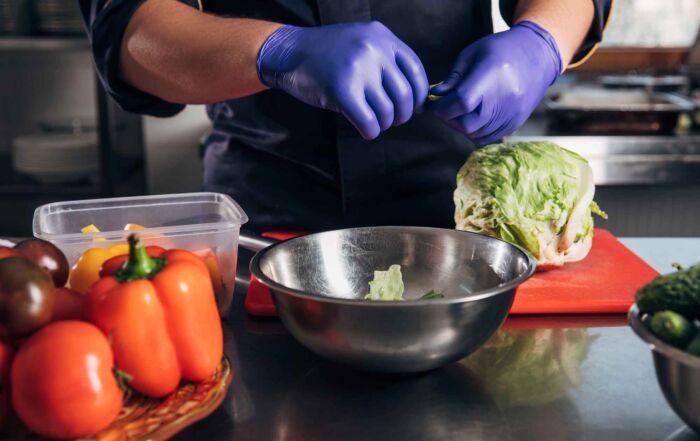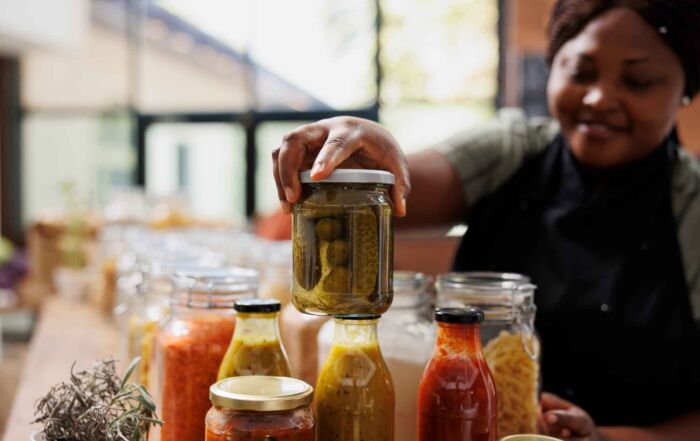Food Poisoning: Identifying a Foodborne Illness
Foodborne illness is no fun. It is likely that at some point in your life, you ate a food item and later became sick. Whether they knew it or not, it is estimated that every year one in every six Americans experiences a food related illness. While those of us in the biz refer to this sickness as a foodborne illness, a poll by NPR back in 2011 found that the general public calls it food poisoning. Whatever term is used, knowing the scope of the problem is the first step in solving it.
We’ve all heard the estimate that 48 million people in the U.S. experience foodborne illness. It is hard to confirm cases because folks may suffer in silence, self-diagnose themselves with the flu, don’t know where to report the illness, or fail to seek medical treatment. Even if they do seek medical care, not all healthcare providers recognize the need to order a stool sample (which is needed for confirmation of pathogen with the suspected food).
…one in every six Americans experiences a food related illness…48 million people yearly!
The investigation process begins with reporting to local health authorities by individuals, foodservices, or other food companies. Local agencies collaborate with state and federal authorities to gather information and trace back the point of contamination. For instance, if multiple people call in to a foodservice complaining of similar symptoms, there is a good chance that the operation is involved in transmission of the contaminated food. The food may have arrived at the facility already contaminated, or something happened in-house such as temperature abuse, improper preparation procedures, or handling by an infected worker. A confirmed case will show similar pathogen markers in both the food and the stool sample of those infected. The investigation process can be a challenge, but new technology is aiding in these investigations. Brenda Halbrook, is our speaker for the October 21st SafeBites Webinar about investigation of foodborne illness, and she will talk us through the process.
Another challenge in addition to non-reporting of illnesses is that often, the suspected food has been consumed so there is none left to test. School nutrition programs and healthcare foodservice operations retain sample trays for seven days or longer in order to have food available for testing, if needed. This is a good strategy because it can protect the organization from false claims. Further, not all pathogens that cause illness are the same. Different symptoms may be presented and incubation periods (the time from eating the suspect food and when symptoms appear) vary, with some as short as 30 minutes and others up to a week. Cathy’s experience with food poisoning happened 28 years ago after eating lukewarm rice at a restaurant – within 30 minutes symptoms appeared! Her latent self-diagnosis was bacillus cereus. Back then, she suffered in silence. Today, she would contact the restaurant, as well as the local health inspector. Foodservice operators should be prepared for when they receive a call from an unhappy guest. In our second blog for October, we will provide some recommendations to assist foodservices in being prepared to address complaints. Risk nothing!
READ MORE POSTS
Chilling Out: A Quick Guide to Thawing Food in Foodservice
Thawing food and cooling food are two challenges we face daily in foodservice operations. Regardless [...]
Recommitting to Food Safety in 2025, One Meal at a Time
The start of a new year is a great time to cast aside old habits and [...]
Why Canning in Foodservice Really Isn’t a Good Way to Preserve Fresh Produce
Canning has long been a trusted method for preserving fresh produce, offering a way to extend [...]
Managing Food Safety During the Foodservice Holiday Rush
The holiday season is a time of increased activity and demand in foodservice operations, from catering [...]










